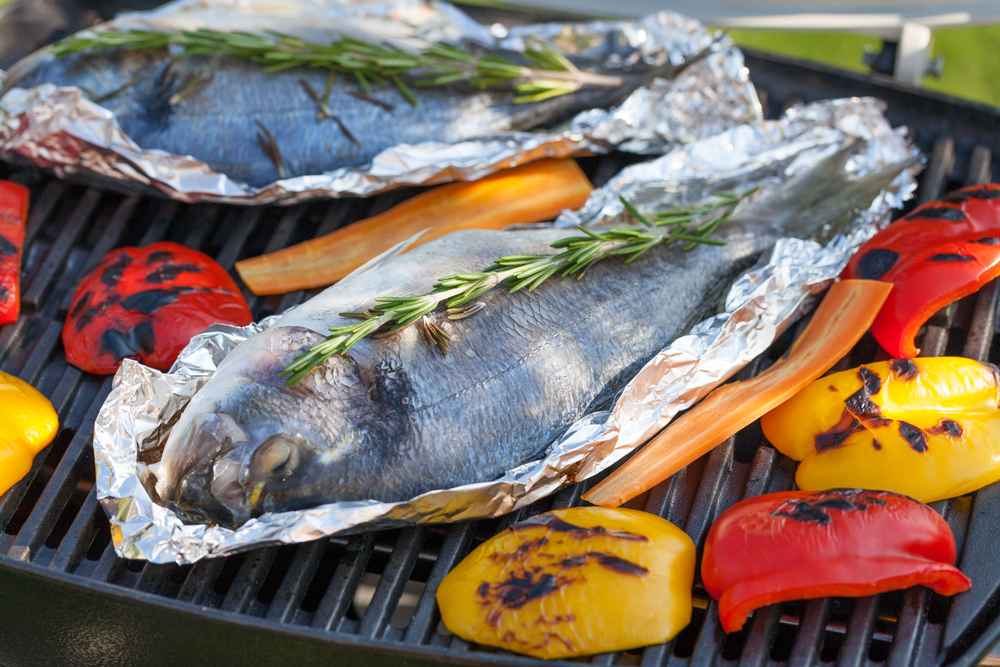
Fat and cholesterol are often confused in function. When you read food labels, you might see cholesterol as an enemy to be avoided in your diet, but it is necessary for cell maintenance, hormone regulation, fat digestion and nervous system functioning. We consume cholesterol in foods, but our liver also makes it from fat we consume.
There are four kinds of fats in foods: Saturated, monounsaturated, polyunsaturated and trans fats. In chemistry speak, monounsaturated fat molecules have one unsaturated carbon bond, polyunsaturated fats have more than one, and saturated fat molecules are completely saturated. Trans fats vary more in their structure.
Because of all the fatty foods at our disposal, heart health is a major concern in America. An estimated 37 million American adults have elevated total serum cholesterol levels. Sometimes a lack of education about how to consume fats compounds the problem. People often look at their lipid panel on the results of their blood test and do not fully understand the numbers.
A fat tutorial
When you consume fat, your liver takes it and produces cholesterol. Depending on the nature of saturation, the fat in your bloodstream will either be produced as LDL (Low Density Lipoproteins) or HDL (High Density Lipoproteins).
LDL cholesterol in high amounts is generally not healthy. This is the cholesterol that is produced when you eat too much saturated fat. It just floats around in your bloodstream after your liver processes it and does damage to your arteries and heart. It leaves fatty deposits built up in your artery walls.
HDL cholesterol is your friend. Your body sends it through your blood where it actually escorts out saturated fat, travels through your liver and sends the extra cholesterol out through waste. The effect is HDL cholesterol protects your heart and arteries by lowering your LDL cholesterol.
Don’t forget that triglycerides are another factor to consider when looking at your cholesterol panel. They are as harmful as excessive LDL cholesterol, but are formed from excessive sugary foods or trans fats in your diet.
Here are some tips for reducing your total serum cholesterol with diet:
1. Reduce sugary snacks and cut trans fats entirely
Foods containing a lot of sugar or trans fats will make your triglyceride level soar. Trans fats are doubly harmful because they raise your LDL and lower your HDL at the same time.
2. Eat more fish and less meat products
Fish contains heart-benefitting Omega fatty acids and very low saturated fat.
3. Raise your HDL cholesterol
Nuts, seeds, oils such as olive, peanut and safflower oil and avocados contain fats that raise your HDL cholesterol. Studies show that exercise, especially a good cardio routine three times a week can raise your HDL cholesterol.
4. Vitamin C
Supplementing your diet with Vitamin C or foods high in C can help reduced LDL cholesterol. A number of studies have been conducted to confirm this finding.
5. Increase soluble fiber
Know the difference between soluble and insoluble fiber. Soluble fiber is dissolved by gastric juices and water and insoluble fiber works like a broom for your intestines and colon. Soluble fiber has been shown in studies to bind with blood cholesterol and help it exit in waste. Eat oatmeal and plenty of fruits and vegetables to get adequate amounts of soluble fiber.
Some people are predisposed to having high cholesterol, so you may have to take a prescription to help. A key thing to pay attention to is the HDL to LDL ratio, but it is best to discuss with your doctor what ratio is best for you.

